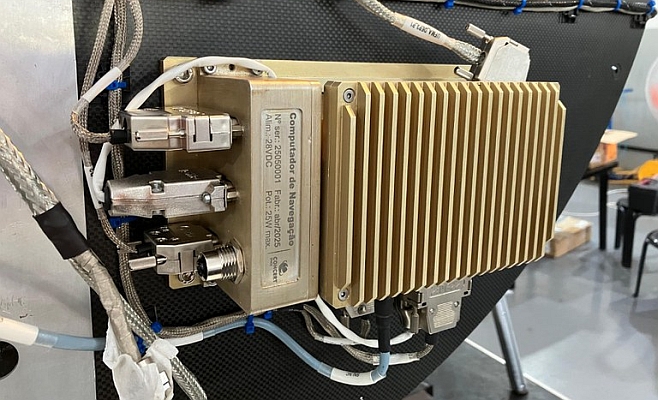A key step for satellite navigation in Europe was achieved on 16 June 2005, with the formal completion of the technical qualification of the European Geostationary Navigation Overlay Service (EGNOS) and the acceptance of the EGNOS system delivered to ESA.
This formal review, called the Operational Readiness Review (ORR), marked the completion of more than 8 years of intensive work by ESA and European industry. The ORR involved the acceptance of the EGNOS system delivered to ESA by an industrial consortium lead by Alcatel Space with more than forty European companies.
EGNOS is a joint project of the European Space Agency (ESA), the European Commission (EC) and Eurocontrol – the European Organisation for the Safety of Air Navigation. ESA is in charge of the system development and technical qualification. EGNOS is Europe’s contribution to the first stage of the global navigation satellite system (GNSS), paving the way for Galileo, the first civil complete satellite navigation system.
Three special EGNOS satellites located in geostationary orbit above Europe transmit a GPS-like signal that improves the GPS accuracy down to 1 to 2 metres. Service guarantee and integrity information is also provided. EGNOS measured performances are beyond initial expectations, another demonstration of the excellence of the European engineers and technology.
The deployment of EGNOS is nearly complete, with around 30 Ranging and Integrity Monitoring Stations (RIMS) deployed in 21 countries; 4 Mission Control Centres (MCCs) deployed in Spain, Italy, UK and Germany; 6 Navigation Land Earth Stations (NLESs) deployed in Italy, France, Spain and the UK and some support facilities in Spain and France.
Following this review, EGNOS initial operations can start through a contract with the European Satellite Service Provider (ESSP). By early 2006, when operational stability is expected to be reached, the EGNOS open service will be declared formally available to the general public over Europe for non safety-of-life applications, free of direct charges. Today, the general public can already receive the EGNOS signal on a test basis
Source: ESA






